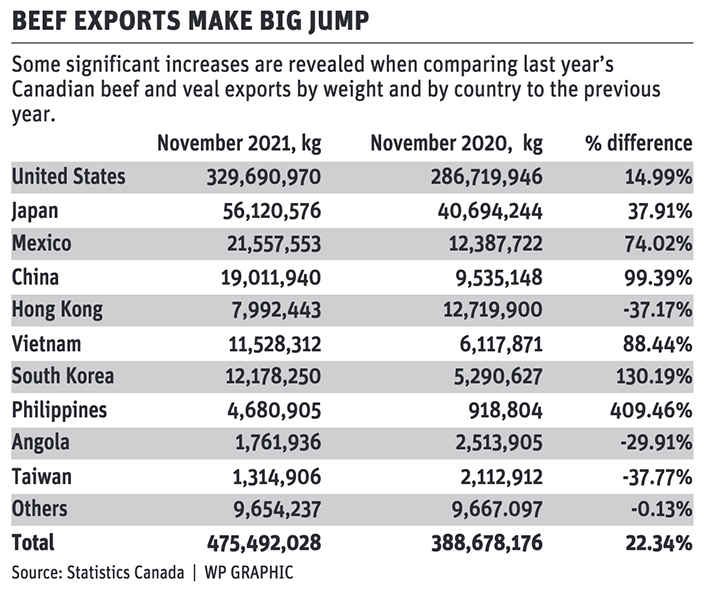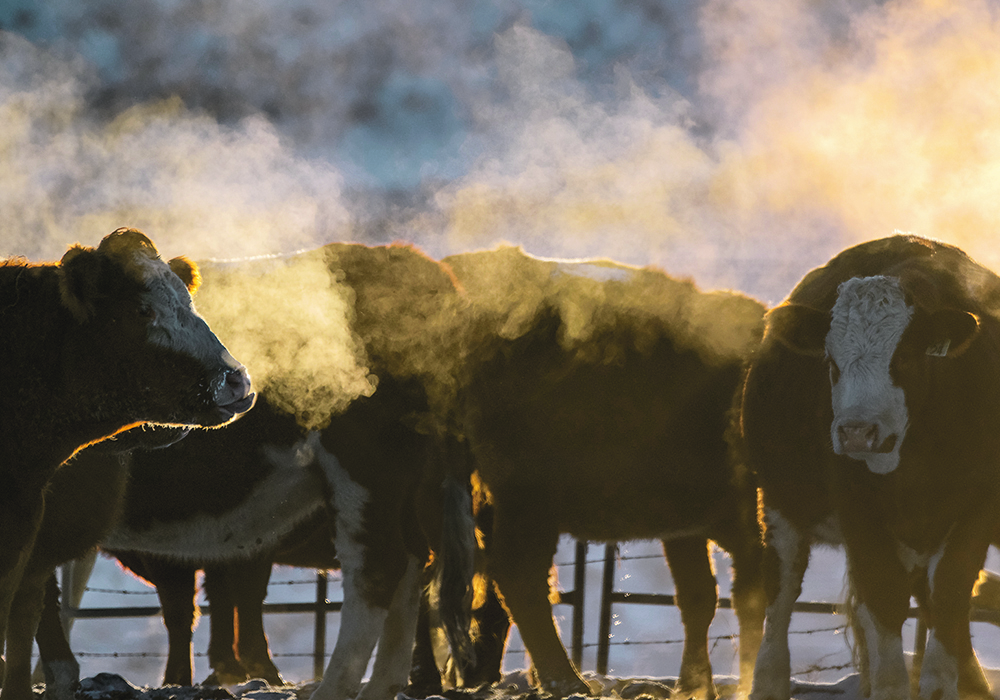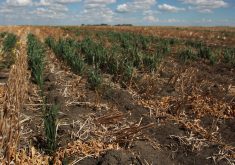Canada’s beef producers can’t catch a break.
The latest problem is beef import suspensions by China, South Korea and the Philippines sparked by the discovery of an atypical case of BSE found in Alberta.
This setback is stacked upon problems related to the western Canadian drought, including forage shortages and high feedgrain prices.
COVID-19 adds further complications as the latest Omicron variant sweeps around the world causing staffing headaches for packing plants.
Cattle producers are also frustrated that they are not fully reaping the profits from high consumer beef prices.
But they can take modest comfort from the fact that the high retail prices are not deterring consumers from buying their product. It seems most people love the taste of meat, no matter the price.
Regarding the import suspensions, the Canadian industry hopes the disruptions will be short because atypical BSE cases are not an issue for human health and are not supposed to be a reason for import bans, according to the view of the World Organization for Animal Health.
Nevertheless, providing needed documentation to calm importer fears could take weeks or months.
Statistics Canada data for the first 11 months of 2021 shows China as the third largest importer of Canadian beef by value, South Korea fifth and Philippines eighth.
They all had bought significantly larger amounts of Canadian beef last year, doubling or even more the amount purchased in 2020.
The combined value of the beef they bought to the end of November was about $305 million. These buyers are important as Canada’s industry seeks to diversify markets, but remain small overall, accounting for only about seven percent of all exports.
The United States is still the biggest importer by far, accounting for 73 percent of all Canadian beef exports by value and 69 percent by weight.
Canadian beef exporters had a great year in 2021 with tonnage moved to the end of November up 22.3 percent over the same point in 2020 and the value up almost 39 percent.
The U.S. has also enjoyed strong beef exports with tonnage to November up 18 percent and the value up 41 percent.
To get an idea of how long the import suspensions might last, we can look to Brazil, which reported two atypical BSE cases in early September, resulting in China suspending imports.
It took more than 90 days, into mid-December, before China said it would resume imports of Brazilian boneless beef from cattle younger than 30 months old.
Canada’s recent export troubles have so far had little impact on the market. What is more worrisome is the potential for the Omicron COVID wave to disrupt beef packing plants.
In 2020 and the first half of 2021, many North American plants had to close temporarily to protect workers, who were among the most severely hit by COVID. This caused a shortage of retail meat and rising consumer prices, while the cattle supply pipeline backed up. Fed cattle futures fell to an 11-year low in spring 2020, before a long and steady rise to hit in December the strongest price since March 2016.
Packing plants instituted new protocols to limit COVID infections and a large percentage of meat workers are now vaccinated, raising the hope that disruptions this time will be less severe.
However, union spokespeople note there are dozens of active cases among workers at the Cargill plant at High River, Alta., providing one example of how many food manufacturers across the continent are confronted with staffing shortages.

In the United States, there are reports that companies have slowed processing lines because of shortages of workers and inspectors.
Hans Kabat, head of Cargill’s North American protein business, told Bloomberg News recently that the number of workers calling in sick has doubled but so far, with other employees working longer hours, the impact was limited.
Still, the U.S. Department of Agriculture’s weekly report on meat production under federal inspection notes that in the year to Jan. 15, U.S. cattle slaughter is down almost 10 percent from the same time last year.
As noted, the pandemic disruptions forced beef prices higher and they stayed up.
The Canadian average sirloin price in November was up 14.5 percent from the pre-pandemic price of November 2019. Ground beef was up 6.6 percent in the same period, according to Statistics Canada.
Surprisingly, despite the pandemic-caused packer disruptions, ultimately the amount of beef produced in 2021 rose eight percent in Canada and in the U.S., it rose 2.6 percent.
It was all consumed by either the domestic or export market, so this shows that even with high retail prices, consumers at home and abroad want North American beef.















